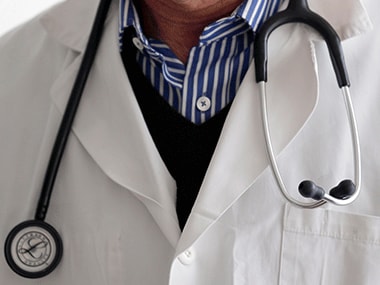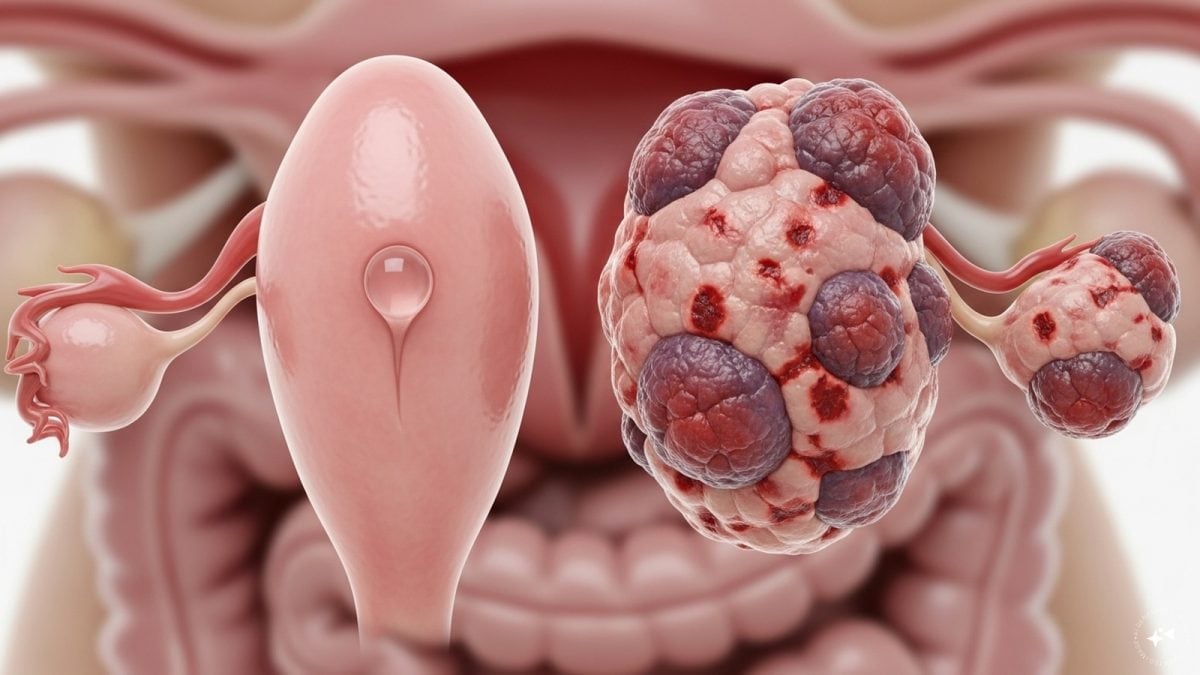Beautiful bodies come in all shapes and sizes. A thin upper body and bigger hips and thighs is a body type that would fit a lot of Indian girls. And that’s great - until it is the sign of a fat disorder. Painful fat syndrome or lipedema is a widely underdiagnosed ailment. The reason: doctors who know little about the disease, and a tendency to attribute the fat gain to a moral failing - there’s an assumption that overweight and obese people make poorer lifestyle and food choices than skinny people. [caption id=“attachment_3293012” align=“alignleft” width=“380”]  Representational image. Getty Images[/caption] There isn’t sufficient data on the prevalence of this disease in India, but medical scientists estimate that globally 11% of women have lipedema. To be sure, lipedema can become worse in people (especially women) who are overweight. But putting on weight is not the cause. Instead, the accumulation of fat lobules under the skin is a stage 1 symptom of this disease. In later stages, fat, water and scar tissue make the legs, hips and even arms painful, hence the name painful fat syndrome.
A chronic condition
If you’ve been to a swimming pool at a club or a stadium lately, you might have seen girls and women with fat deposits bulging through the skin of their legs and buttocks. This looks different from cellulite, which tends to run down the legs in long lines. Statistically, more than one in 10 of these girls has lipedema. Over time, these fat lobules in their legs could become harder, pushing against the skin, making it tender and painful. “First, we have to understand that it is not these girls’ fault that they have fat accumulation under their skin,” explained Dr Ayush Pandey, a general physician associated with myupchar.com. “We don’t know why this disease happens, though some doctors have suggested a genetic component to its transmission,” he added. Here’s what happens in lipedema: Normally when you press your skin, the fat lobules under the skin (organized along fibrils or rails) slide past each other, making the skin feel soft and squishy. Lipedema makes the fat cells grow large and triggers the production of a compound called hyaluronic acid which converts the fat cells into gelatin-like form. So now, the fats cells are no longer soft and squishy. The lymphatic vessels present beneath the skin helps in removing excess fluid from your tissues and also helps in fat absorption. Hyaluronic acid in the skin tissues causes leaking of the lymphatic vessels, which leads to more water collection around the fat cells making the legs heavier and more prone to bruising. And when the body tries to repair all this damage, it ends up creating scars around the fat lobules making them feel like small beads through the skin. Scars here are fibrous growths that try to contain the damage. Lipedema affects women more than men. Patients often see fat deposition in the buttocks and legs, but not the upper abdomen, trunk, feet and hands.
The unusual obesity
Obesity is a complex disease involving an excessive amount of body fat, whereas, in lipedema, there is gynoid obesity, which means there is enlargement of the lower body, which involves the thighs, buttocks and lower legs. Lipedema makes the body pear-shaped. Sometimes, along with the legs, the arms also get affected by the build-up of abnormal fat cells and become enlarged at the same time and to the same extent as the legs. A “bracelet” effect or “band-like” appearance of fat arms and legs can be seen, just above the ankles and wrists, as the feet and hands aren’t affected. Unlike obesity, lipedema is often painful and usually worsens gradually with the increase in fat deposition. The skin overlying the affected areas usually appears to lose elasticity. People with lipedema tend to bruise easily.
What are the treatment options?
Since the cause of lipedema is not known, there is no definitive treatment for it. Doctors and therapists can help to manage the symptoms and advise on ways to prevent the progression of the disease with exercises and diet, and offer emotional support. Conservative therapies like manual lymph drainage could be done by the therapists who move the lymphatic fluid using hands-on techniques. Complex decongestive therapy could be suggested by the medical professional which includes different treatment approaches like layered bandaging with foam or specially fitted compression stockings that support the swollen area to control swelling or exercises like swimming to improve the lymphatic drainage. The invasive approach would involve surgeries like water-assisted liposuction where the doctor uses water through the Body-Jet system to help loosen fat cells from connective tissue and then gently removes them. “Compression stockings can provide some relief from the pain and liposuction can help to remove some of the fat,” said Dr Pandey. “But what’s really important is that we have a better support system for people who are overweight. There is so much social pressure to look a certain way, that people often don’t seek the medical help they might need!” For more information, please read our article on Lipedema: Stages, Symptoms and Treatment_._ Health articles in Firstpost are written by myUpchar.com, India’s first and biggest resource for verified medical information. At myUpchar, researchers and journalists work with doctors to bring you information on all things health.


)

)
)
)
)
)
)
)
)



